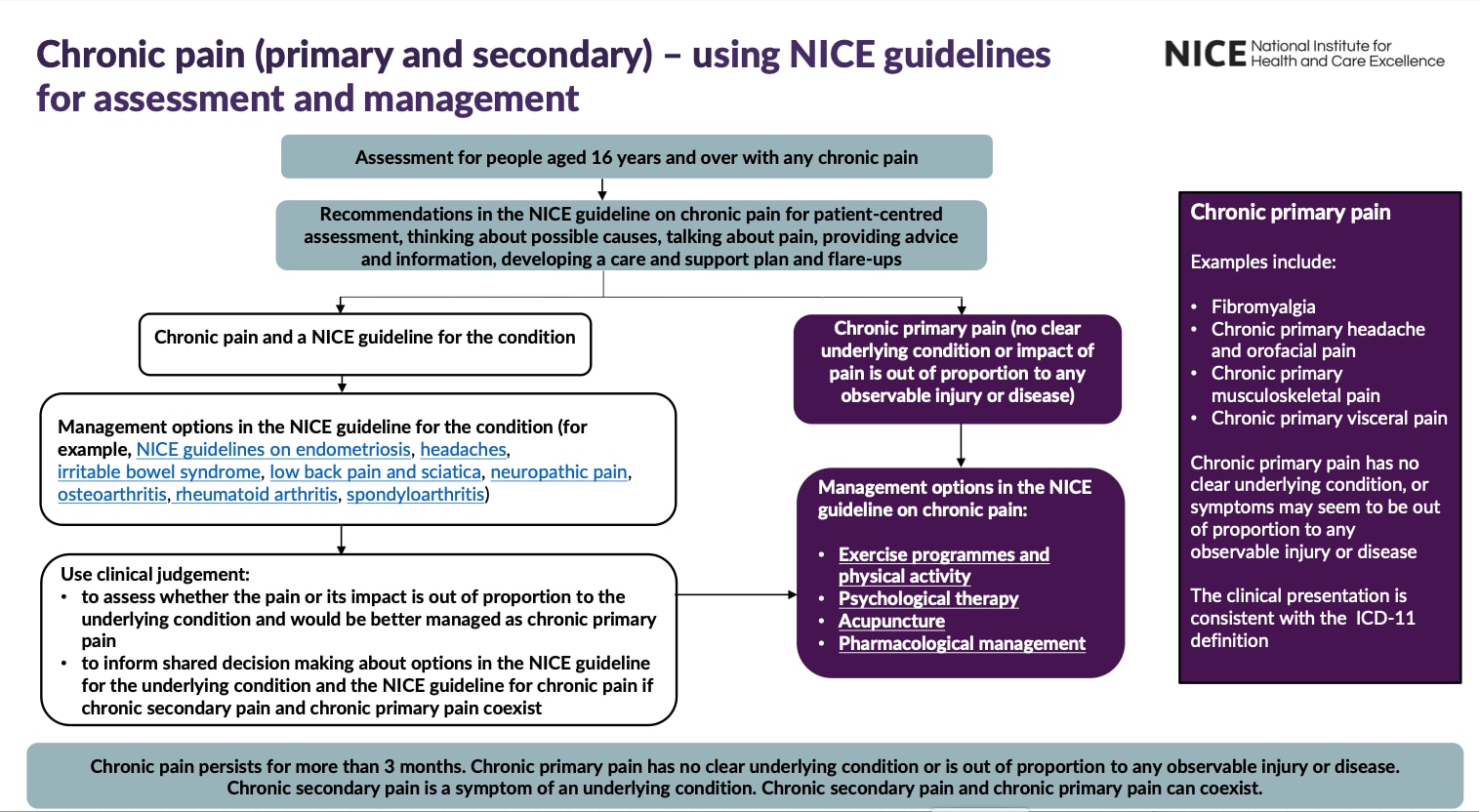Do pain-relief medicines cause side effects? 850
by Admin
Posted on 19-02-2025 01:06 PM

Otc medicines are medicines that you can buy without having a doctor’s prescription. Some types of otc
pain
-relief medicine are available from a pharmacy and some shops. These are usually for mild-to-moderate pain. There are 2 common types of otc pain medicines:
paracetamol is often recommended as the first medicine to try, if you have short-term pain. Nonsteroidal anti-inflammatory drugs (nsaids) is a group of medicines that work by reducing swelling and inflammation, and relieving pain. These include aspirin, ibuprofen and diclofenac. While otc medicines are more easily accessed, they still carry risks. These medicines can sometimes cause unwanted side effects.

When standard medicines and physical therapy fail to offer adequate pain relief, you may be a candidate for a surgical implant to help you control pain. When they are used, which is rare, there are two main types of implants to control pain: intrathecal drug delivery. Also called infusion pain pumps or spinal drug delivery systems. The surgeon makes a pocket under the skin that's large enough to hold a medicine pump. The pump is usually about one inch thick and three inches wide. The surgeon also inserts a catheter, which carries pain medicine from the pump to the intrathecal space around the spinal cord.
Always follow instructions for taking your medicines safely and effectively. By doing so: your pain is more likely to be well managed you are less likely to need larger doses of medicine you can reduce your risk of side effects. Medicines for chronic pain are best taken regularly. Talk to your doctor or pharmacist if your medicines are not working or are causing problems, such as side effects. These are more likely to occur if you are taking pain medicines for a long time. It is important to use a variety of strategies to help reduce pain. Do not rely on medicines alone.
Medicines normally used to treat depression, such as tricyclic antidepressants, can help reduce some types of chronic pain, including nerve (neuropathic) pain. An example is amitriptyline. Lower doses are used to treat pain than to treat depression. But these medicines can have side effects , such as a persistently dry mouth, reduced sex drive and constipation, which can make them hard to tolerate. Find out more about amitriptyline for nerve pain.
When should I see my doctor?
Just about everyone feels pain from time to time. When you cut your finger or pull a muscle, pain is your body's way of telling you something is wrong. Once the injury heals, you stop hurting. Chronic pain is different. Your body keeps hurting weeks, months, or even years after the injury.
 Doctors often define chronic pain as any pain that lasts for 3 to 6 months or more. Chronic pain can have real effects on your day-to-day life and your mental health. But you and your doctor can work together to treat it.
Doctors often define chronic pain as any pain that lasts for 3 to 6 months or more. Chronic pain can have real effects on your day-to-day life and your mental health. But you and your doctor can work together to treat it.
Injections for diagnostic purposes or treatment of chronic pain are usually performed on an outpatient basis, although some are performed in the hospital. Most procedures are performed under fluoroscopic (x-ray) or ultrasound guidance. For any nerve block, you need to tell your doctor if you are allergic to contrast dye or if you think you may be pregnant. Below is a brief description of some of the more commonly performed nerve blocks by pain management specialists. Epidural steroid injection: epidural steroid injections are performed in the back or neck. The injection allows the doctor to place anti-inflammatory steroid medication, with or without a local anesthetic, into the epidural space.
Because everyone's experience of pain is different, individuals need different treatment plans to help manage their own chronic pain. As well as the above, some complementary therapies may be useful: learn strategies to improve your sleep , which can help improve your ability to function well during the day and feel less pain. Join a support group, where you can share your experiences and hear how others in similar situations manage their pain. Seek advice from an expert in pain management. Find a health service — the service finder can help you find doctors, pharmacies, hospitals and other health services.
To effectively treat your pain, your doctor needs to know how you've been feeling between visits. Keeping a log or journal of your daily "pain score" will help you track your pain. At the end of each day, note your pain level on the 1 to 10 pain scale. Also, note what activities you did that day. Take this log book to every doctor visit to give your doctor a good understanding of how you're living with chronic pain and your physical functioning level.